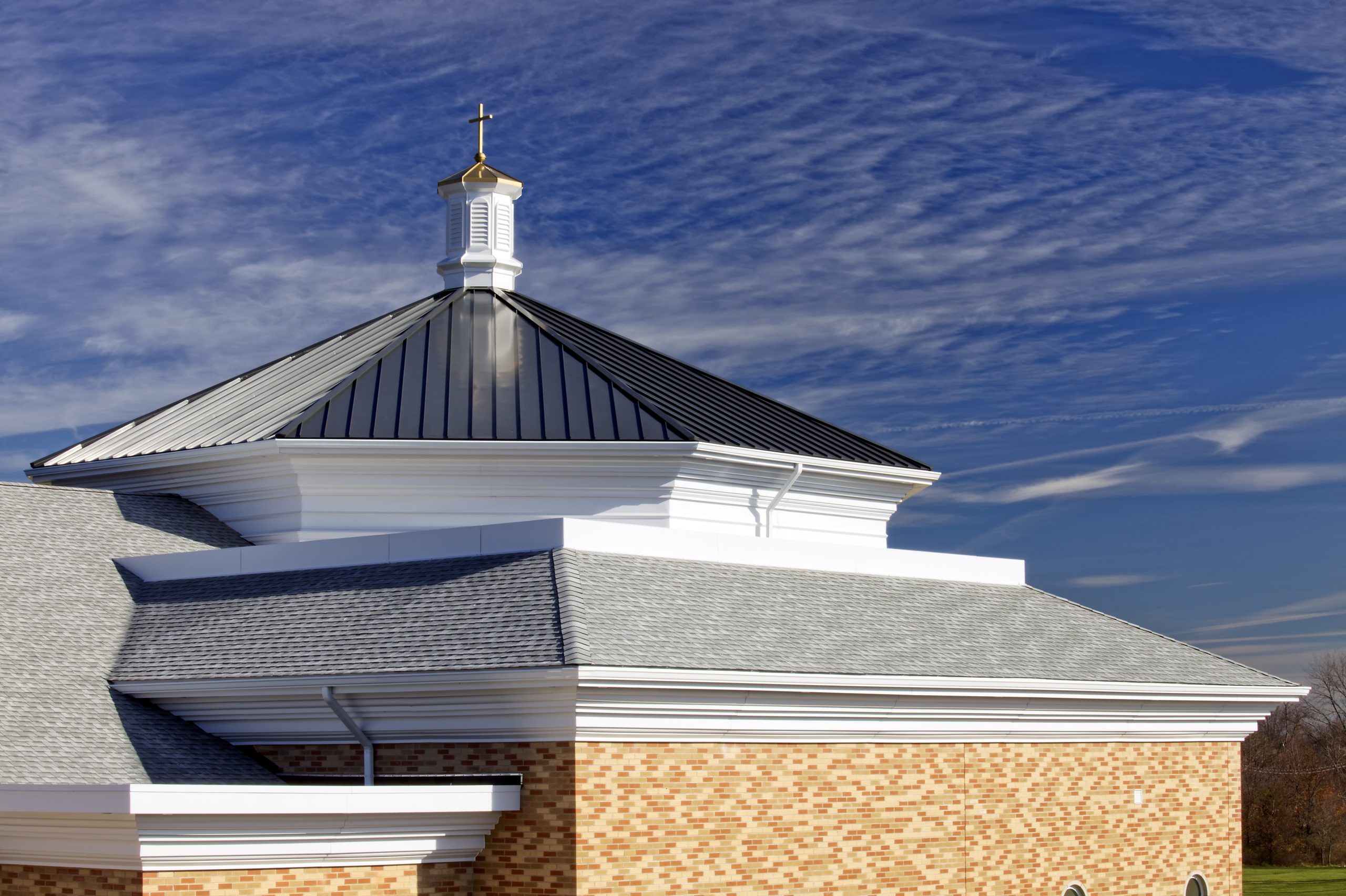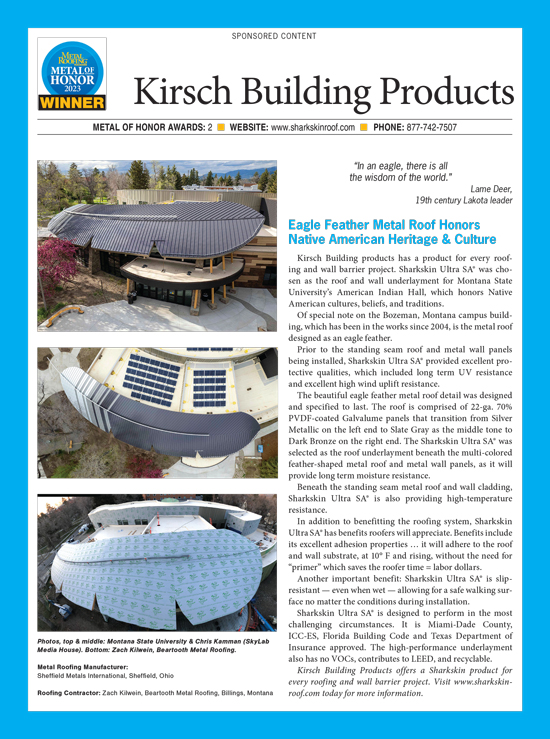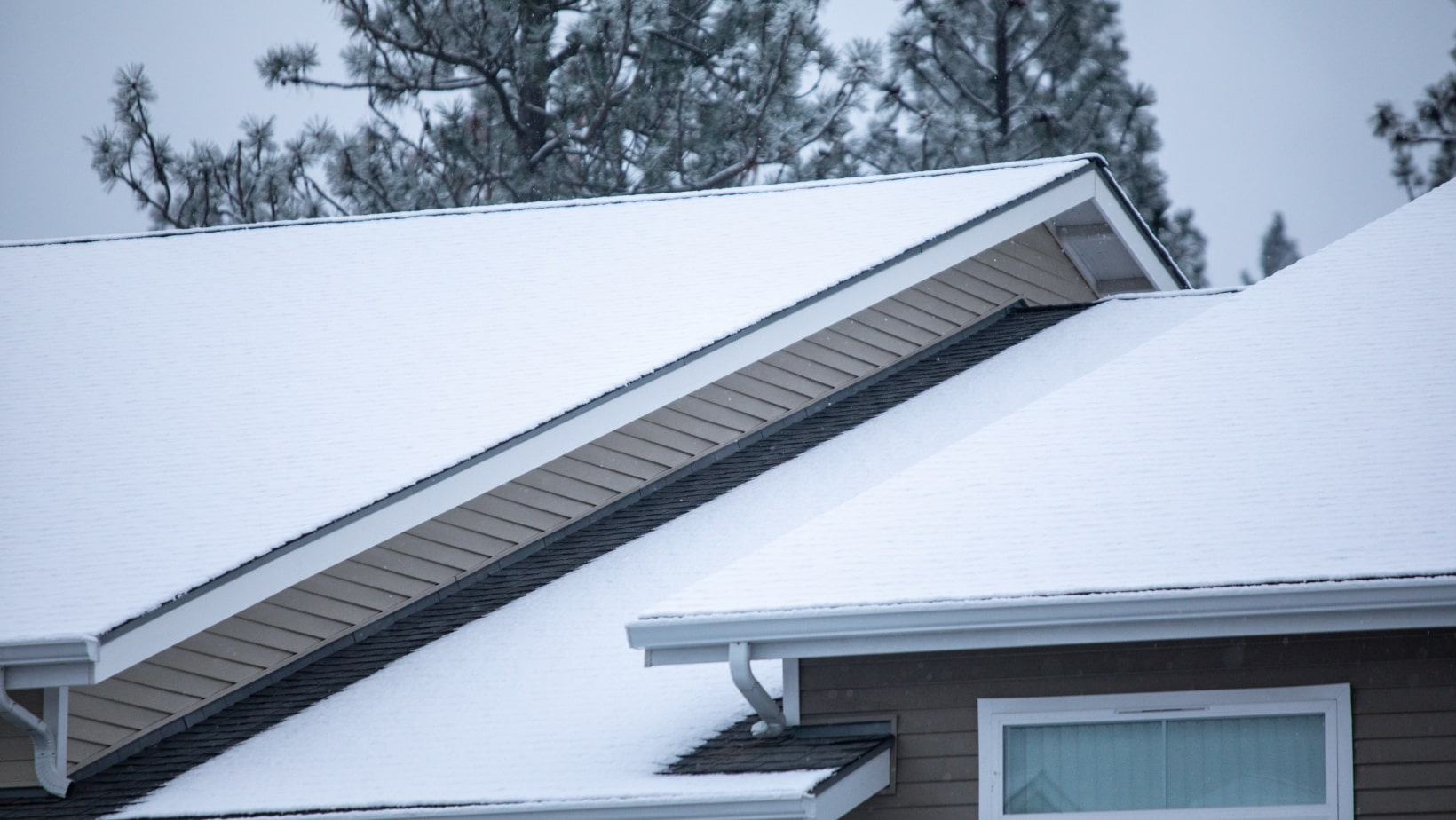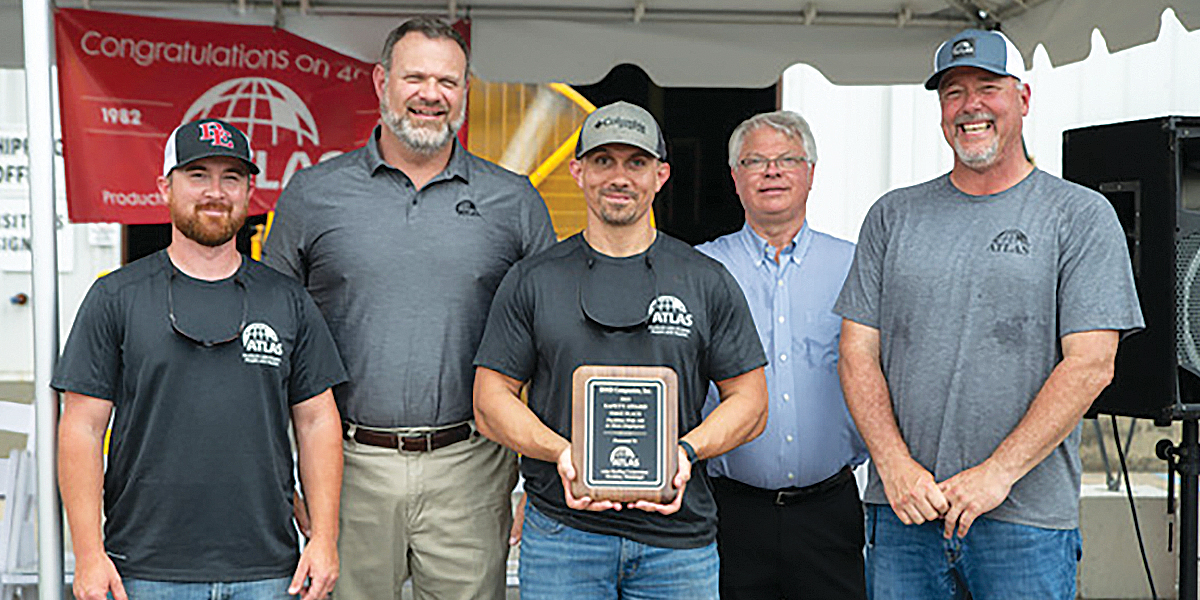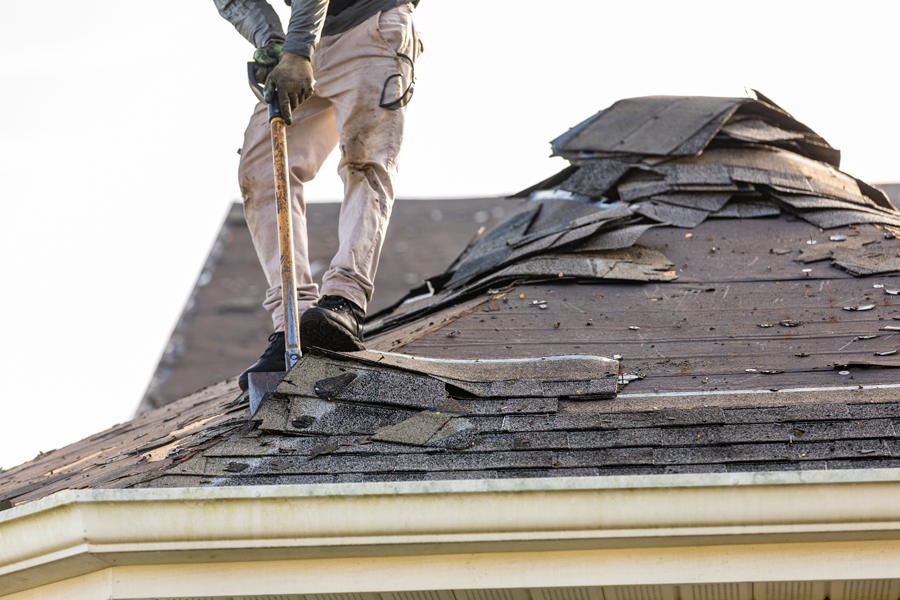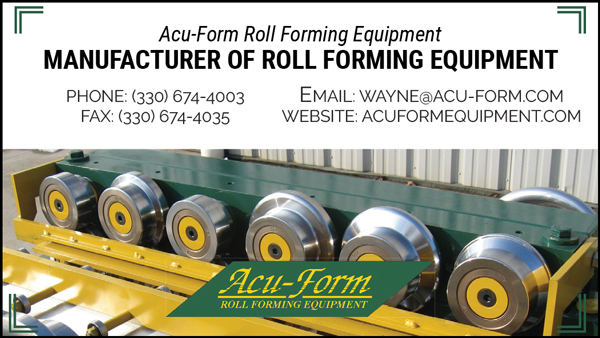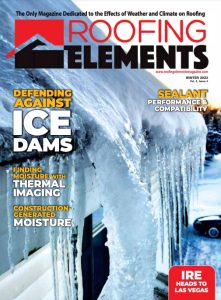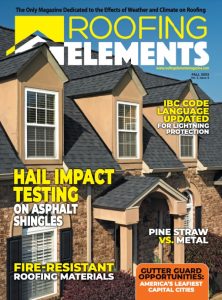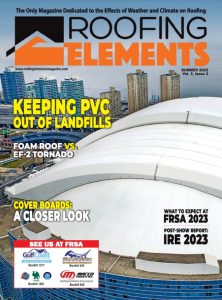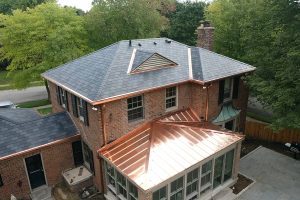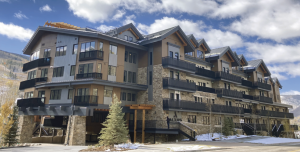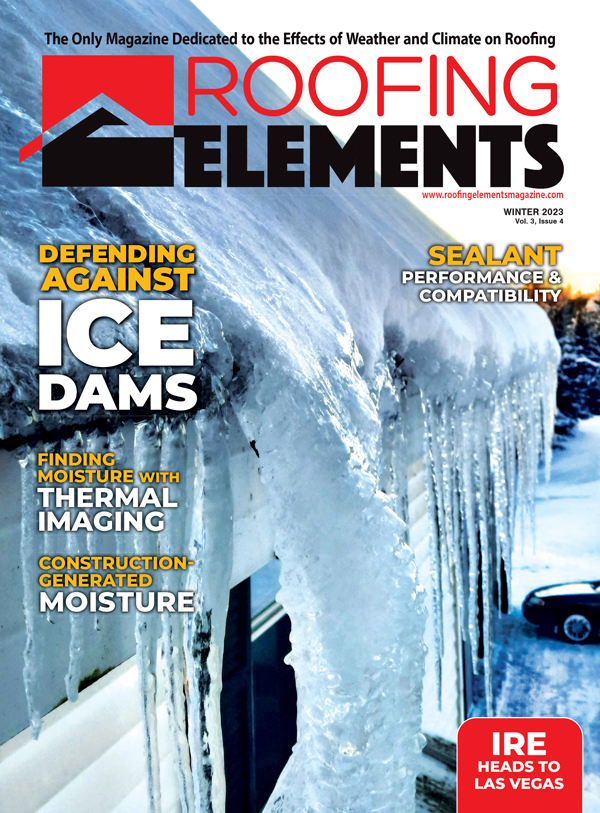BY Anthony Brass
The roof you install must withstand the elements. The sun takes its toll on a roof as powerful UV rays affect exposed areas. Composition of roofing components, or its coatings, can limit or delay the effects. You may find signs of UV damage during a roof inspection. Customers want to know the causes of the damage and options that will maximize the life of their next roof.
Shingle Roof Advances
Contemporary shingles last longer and include advancements for resisting fading and decomposition.
Granules on shingles are the first line of defense against UV rays. Shingles covered with stronger granules, with a lower rate of separation from the surface, aid in resisting long-term exposure of asphalt to harmful sunlight.
“You need to have very strong granule adhesion to the asphalt,” says CertainTeed Director of Product Management Alex Pecora. “When the asphalt doesn’t have the protection of the granules, that area is more likely to have issues with UV exposure.” Shingle advancements include complete granule coverage with no asphalt exposed, and improved granule retention. Added improvements include blending rubberizing polymers with premium roofing asphalt to enhance strength and pliability to assist in granule adhesion.
Pecora says today’s shingles have advanced coatings applied to granules to resist fading and maintain effectiveness against decomposition, extending shingle life by decades. Some are also designed with granule surface blends that reflect more heat than older shingles, lessening fading and degradation from long-term exposure.
The pigments in coatings used for shingle granules vary in quality. Many shingles include stronger coatings with advanced pigments to reflect rays.
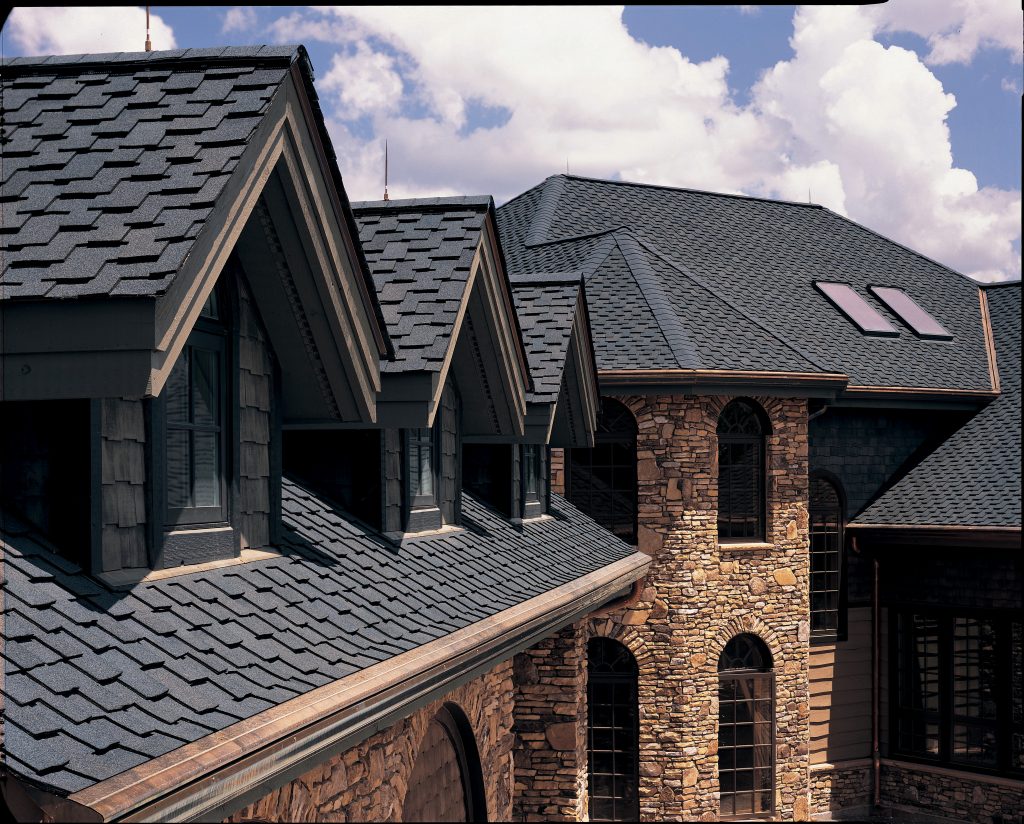
CertainTeed Presidential Solaris roofing shingles.
Photo courtesy of CertainTeed
“Pigments push back at the UV lights,” says Pecora. Many pigments, even within the darker shingles, are formulated to hold up longer as a barrier against the adverse effects of sunlight. Effective UV protectants are in granule coatings to maintain the original look.
In the past, many traditional or strip shingles were manufactured with only one layer, leaving the roof more susceptible to wear and damage after years of UV exposure. Shingles today have two or three layers and are laminated. The quality of the top of the shingle matches the underneath section.
Shingles are designed with granule surface blends that reflect more heat than traditional shingles, which delays and lessens fading and degradation. Advances are considered the shingle version of the “Cool Roof,” those that carry an official qualifying rating established by the Cool Roofing Rating Council (CRRC) that determines UV and heat reflectivity and energy efficiency.
Pecora says customers should let professionals do an assessment and show them the effects of UV including supplying pictures. Traditional asphalt shingles without the newer protections may fade, but this doesn’t mean their strength or effectiveness is compromised. Discoloration shows shingles are drying out from the elements and are toward the end of their life, and prone to warping.
Darker shingles reflect less radiant energy from the sun, absorb much more heat, and fade faster than lighter-colored shingles. A lighter color reflects more radiant energy and better sustains its original color.
The direction a house and roof face determines how early fading occurs. An unshaded, south-facing roof accelerates fading.
After years of sunlight exposure, fading occurs when more heat is absorbed than reflected back into the atmosphere. The granules on those shingles are coated with coloring pigments. UV rays affect the pigments and cause fading. As shingles lose granules they become less effective.
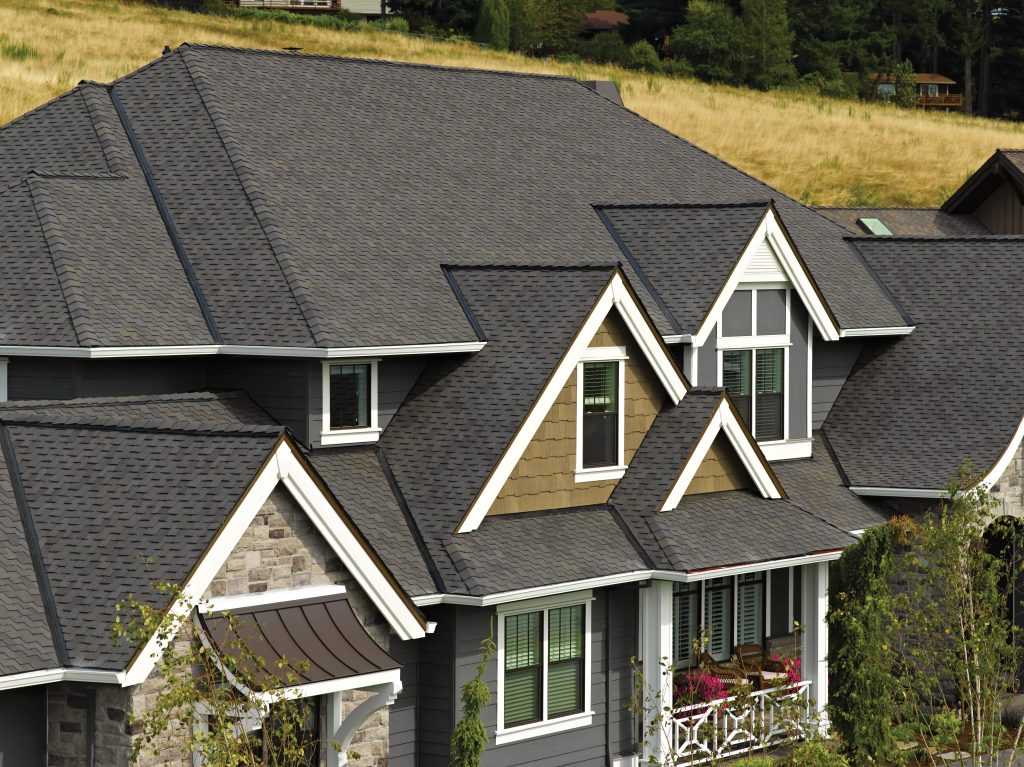
CertainTeed Presidential Shake Shingles on a gable roof.
PHOTO courtesy of CertainTeed.
Shingles degrade after years of absorbing UV energy. The heat generated from sunlight contributes to the breakdown of the shingles, which then warp, harden, become brittle or crack, dent, decay, lose granules that protect them or develop dark spots.
Shingles also go through the rigors of expansion and contraction from temperature fluctuations, leading to further breakdown.
UV rays also alter the chemical compounds, leading to decomposition. Oxygen mixes with hydrocarbons in asphalt and breaks down the protective coating. This dries out shingles and they crack and warp.
Metal Roofing and UV
Weather can’t be stopped, and neither can the sun’s rays on a metal roof. Advances in pre-applied metal coatings now better resist fading and chalking than they have in the past.
After long-term UV exposure, the offset of degradation settles in some panels without advanced coatings, and “chalking” (a visible white residue) results. This phenomenon happens when resins in coatings break down and degrade after years of exposure to harmful rays. These resins act as a protectant and hold the pigments together. After they deteriorate, resins are further exposed to UV, pollution particulates and oxygen, turn white and leave residue on the surface. The loss of the protective layer can compromise the metal underneath.
Metal panel coatings have varying contents and degrees of effectiveness against UV. Kynar is a superior PVDF-resin coating that helps retain color and prevent fading and chalking. Kynar includes 70% PVDF of the total resin content in the paint, which makes the coating more durable. Kynar coatings provide long-term conformity in color across the entire roof that resists fading, says Drexel Metals Director of Sales and Business Development Ken McLauchlan. “The big thing is how consistent it is, and to what degree.”
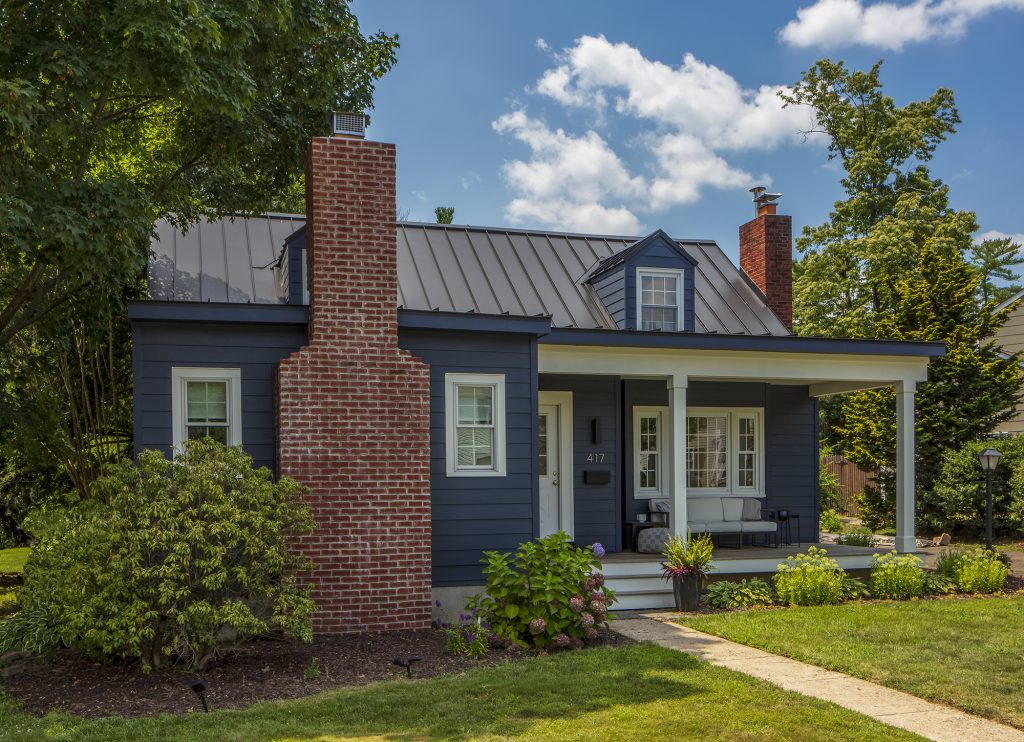
Residential metal roof with UV protectants.
Photo courtesy of Drexel Metals
PVDF coatings are comprised of a pigment “floated into” a clear resin, rather than the other pigments available, that are a tinted primer. The chemical composition of PVDF paints maintains the original color after decades of UV exposure.
FEVE (fluoroethylene vinyl ether) is another effective resin in coatings that provides similar protection. These resins include carbon-fluorine bonds, which absorb more UV energy.
SMP (silicone-modified polyester) is a level below these first two types of coatings. However, this paint has ceramic pigments, which can hold up against sunlight exposure for several years.
Paint systems containing plastisol and polyester are also available, but they are less effective against UV. Plastisol is plasticized vinyl and commonly used on coils that will be exposed to corrosive environments. This resin protects against degradation but is more susceptible to premature fading.
Another option is polyester paint, which is a synthetic, elevating the likelihood of fading and chalking. “Paints with polyester don’t have the longevity of the paints used today,” says McLauchlan.
Each installed panel is precoated with paint containing resins, pigments and solvents designed to enhance color and protect metal from dirt, corrosion and those intense UV rays. If the coating is not formulated with strong resins or pigments, fading can occur much sooner, leading to blistering, crazing (fracturing) and flaking. When water, pollution, and chemicals in the atmosphere react with the pigments they break down, fading occurs. Inorganic pigments are created from metal oxides and are less susceptible to fading than carbon-based organic pigments.
Composites
Composite shakes and shingles are increasing in popularity. They have the natural look of slate tiles and cedar shakes, but instead are made with materials that last longer and resist UV damage.
Composite tiles are made with pure resins and contain UV and thermal stabilizers. Some are manufactured with proprietary engineered polymers that include virgin resins and inorganic pigments. This combination helps resist fading, cracking and rotting.
When composite materials contain virgin resins, heat and UV rays from sunlight take much longer to break down the polymer chains than composites made using a recycled version of the same resin. Pure resins in shingles and tiles provide a stronger, longer lifespan. Shingles containing these resins are more effective than products containing resins made from recycled contents.
Some composites include a virgin resin product that goes through two steps to become a finished tile: compounding and injection molding. These roofing tiles have the strongest chance to survive long-term, says DaVinci Roofscapes.
Recycled resins have already gone through their original manufacturing processes where they have encountered high heats and pressures, then go through a cleaning and grinding process before a second set of manufacturing processes to create new tiles. DaVinci says these additional processes put recycled tiles at a disadvantage, as they’re built back up again to serve as a roof tile in its “second” life.
Composite shingles with superior resins have the greatest consistency. “If you’re on a job and run short of material, you order more,” says DaVinci. “No problem with a virgin resin roof; the product is stable from batch to batch.” The color and composition of these tiles remains consistent. DaVinci adds that with a recycled resin product, the source can be unclear from week to week. The content of the recycled tiles may be inconsistent, giving differences in color from the first batch.
Conclusion
Understanding how roofing systems fight the effects of the sun will allow you to know how long a roof will sustain its original look. If you can give your customers clear expectations about their roof’s performance and long-term appearance, it will help you gain their trust and land you more jobs.

